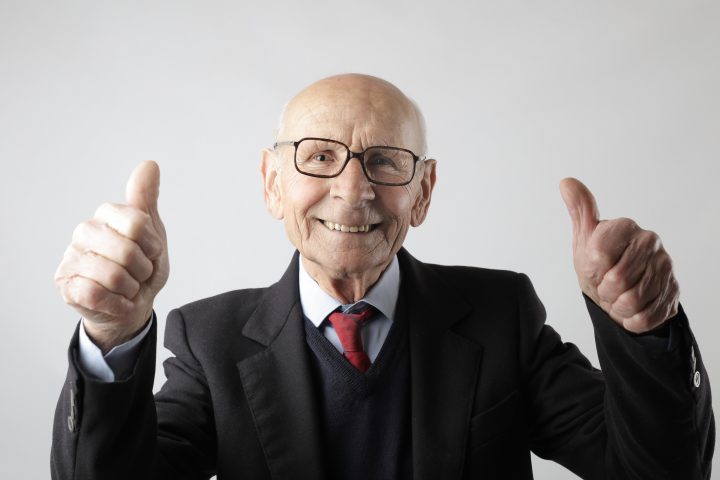While words form a significant part of our communication, non-verbal cues often speak louder and offer additional layers of meaning. From the subtle twitch of an eyebrow to the firmness of a handshake, our bodies and behaviors communicate in myriad ways, often without us even realizing it. Here’s a glimpse into the silent language we all speak:
- Facial Expressions: A smile, a frown, a raised eyebrow – our faces are incredibly expressive and can convey a spectrum of emotions, often more accurately than words can.
- Eye Contact: The eyes can speak volumes. They can show interest, distrust, attraction, or discomfort. Avoiding eye contact might indicate shyness, deceit, or disinterest.
- Posture: Standing tall with shoulders back exudes confidence, while slouching can indicate insecurity or disinterest. How we position ourselves can often give away our feelings.
- Gestures: From a thumbs up to a wave, gestures are culture-specific and can have very different meanings in different parts of the world.
- Proximity: Personal space varies across cultures. Being physically close can indicate intimacy, comfort, or aggression, while distance might suggest formality or disinterest.
- Touch: A pat on the back, a firm handshake, or a comforting hug – touch can communicate support, affection, dominance, or camaraderie.
- Voice Tone and Pitch: It’s not just what you say, but how you say it. A change in tone or pitch can alter the meaning of a statement entirely.
- Rate of Speech: Rapid speech might convey excitement or nervousness, while a slow rate can be perceived as more deliberate or possibly condescending.
- Clothing and Appearance: Personal grooming and the way one dresses can signal various things like professionalism, cultural identity, mood, or socio-economic status.
- Environmental Factors: The setting, lighting, and ambiance can play a role in communication. For example, a cozy, dimly lit restaurant communicates intimacy, while a bright, sterile room might feel more impersonal.
- Physiological Responses: Blushing, sweating, or having a shaky voice can be involuntary reactions to emotions like nervousness, attraction, or fear.
Recognizing and interpreting these non-verbal signals enhances our ability to communicate effectively. It allows us to connect on a deeper level and navigate social situations with greater empathy and understanding. After all, communication is not just about words; it’s about understanding the complete message, both spoken and unspoken.




